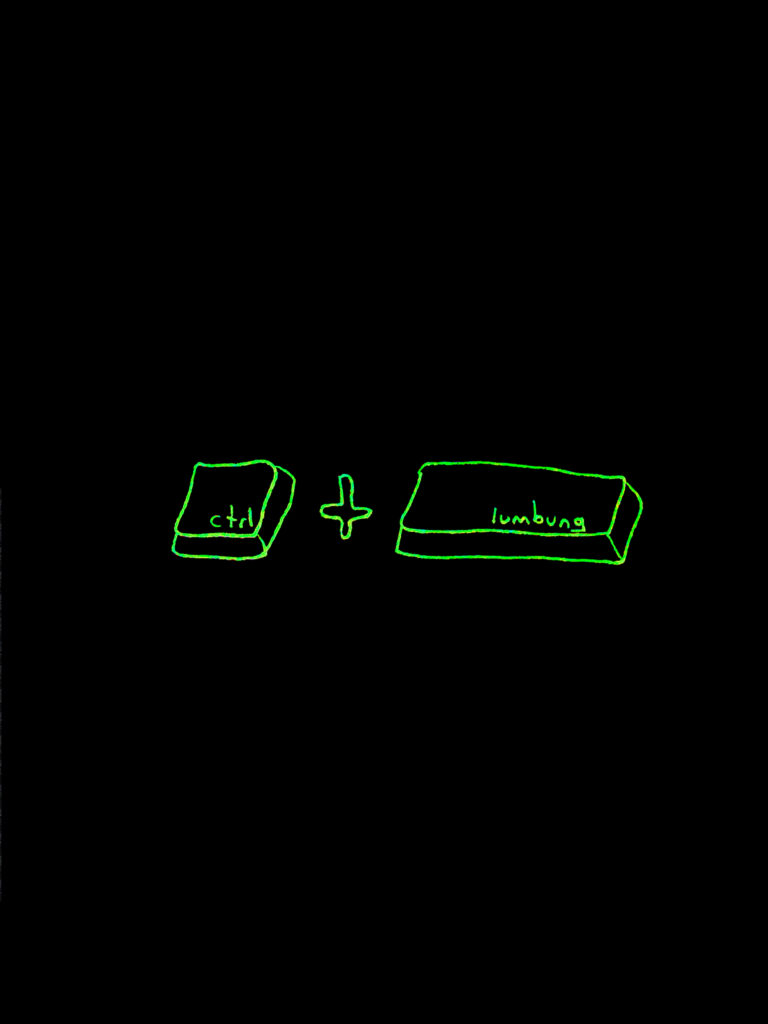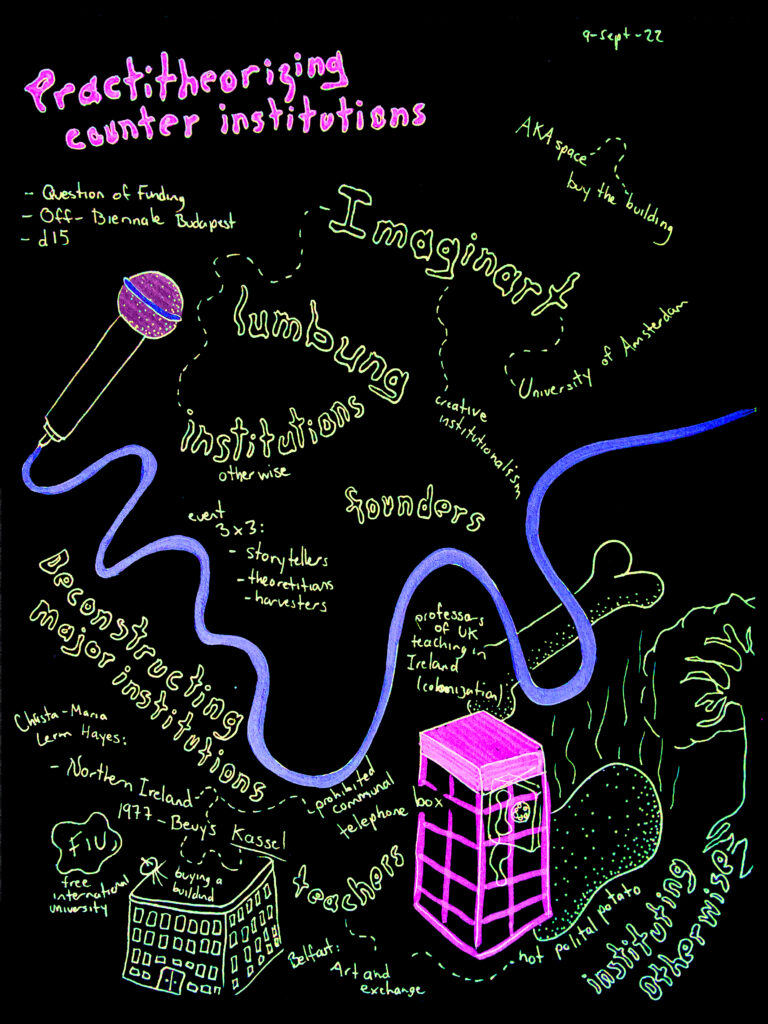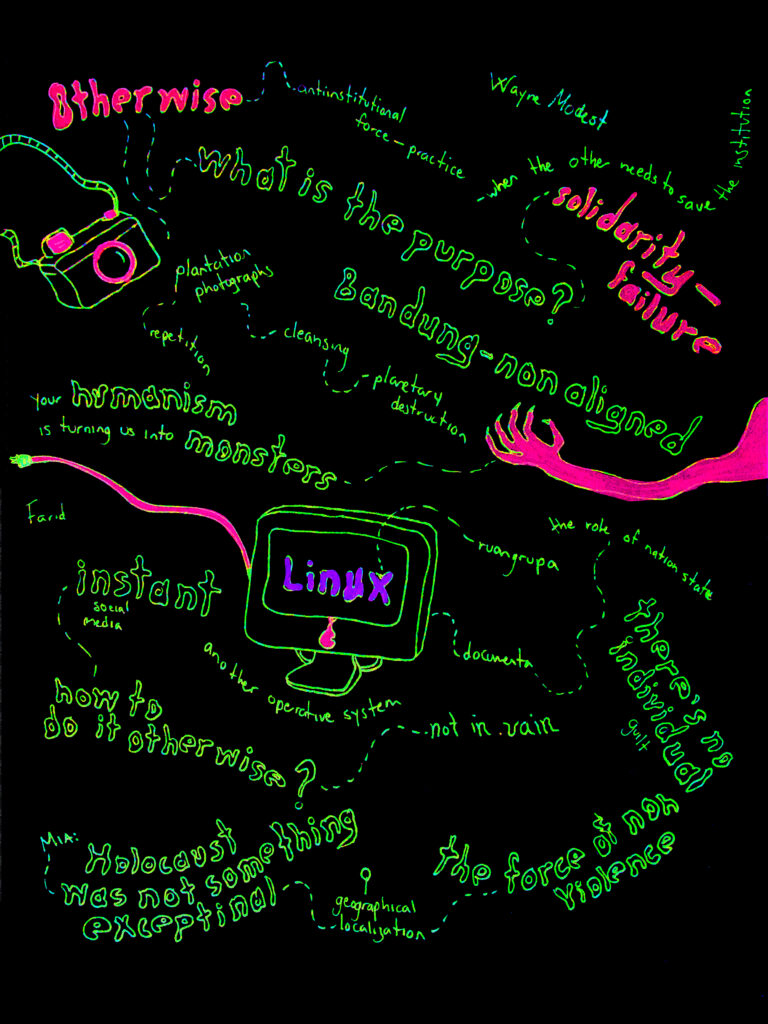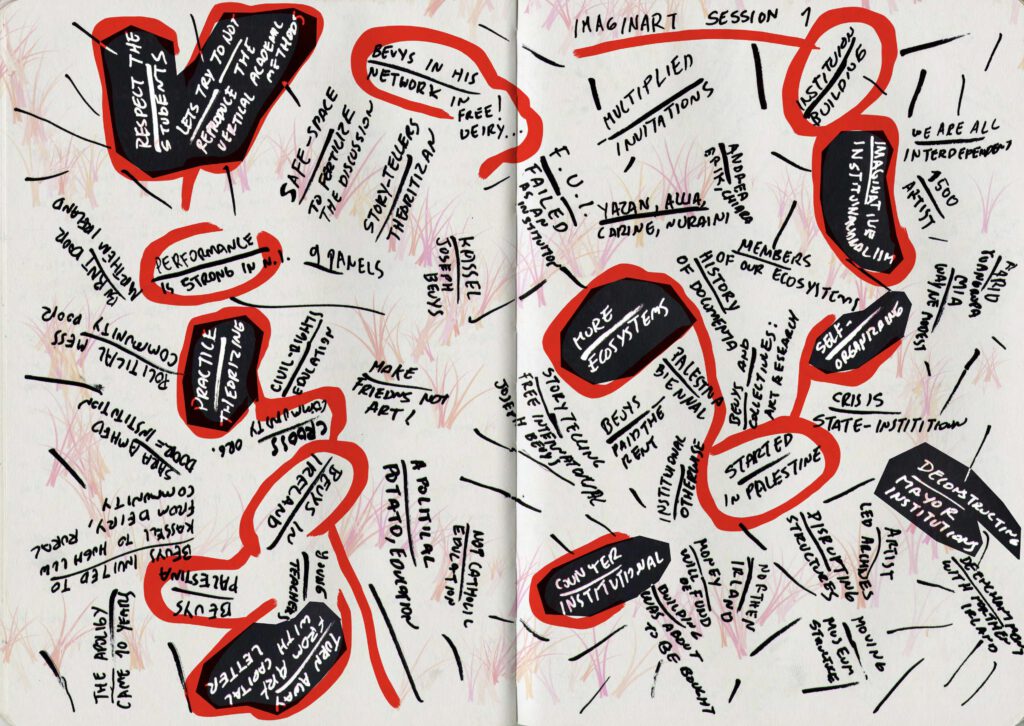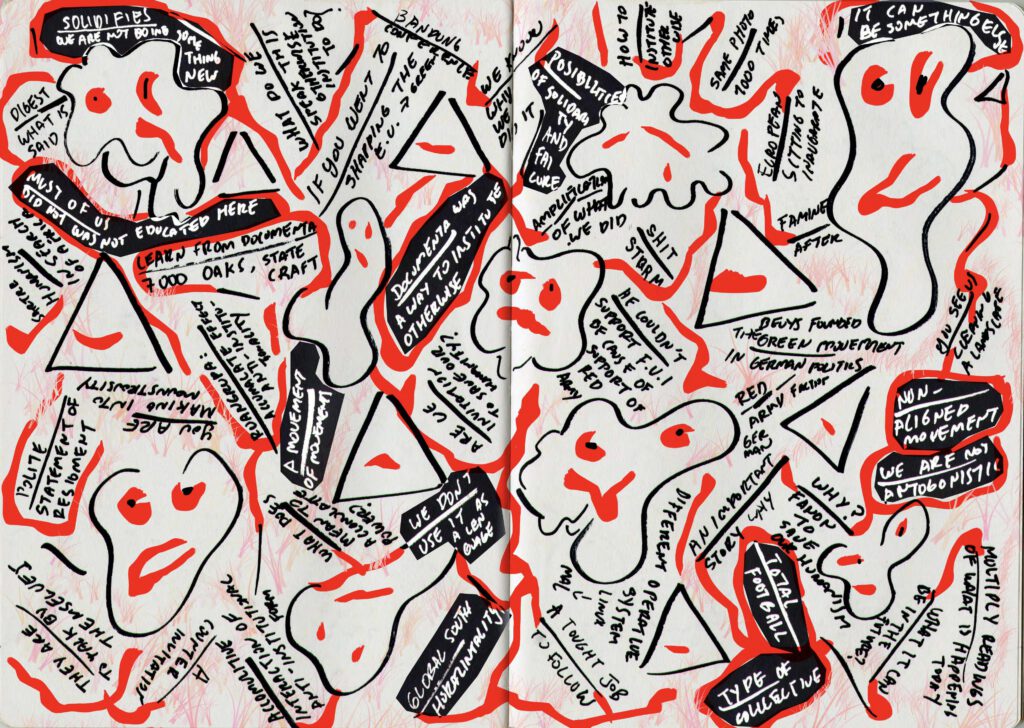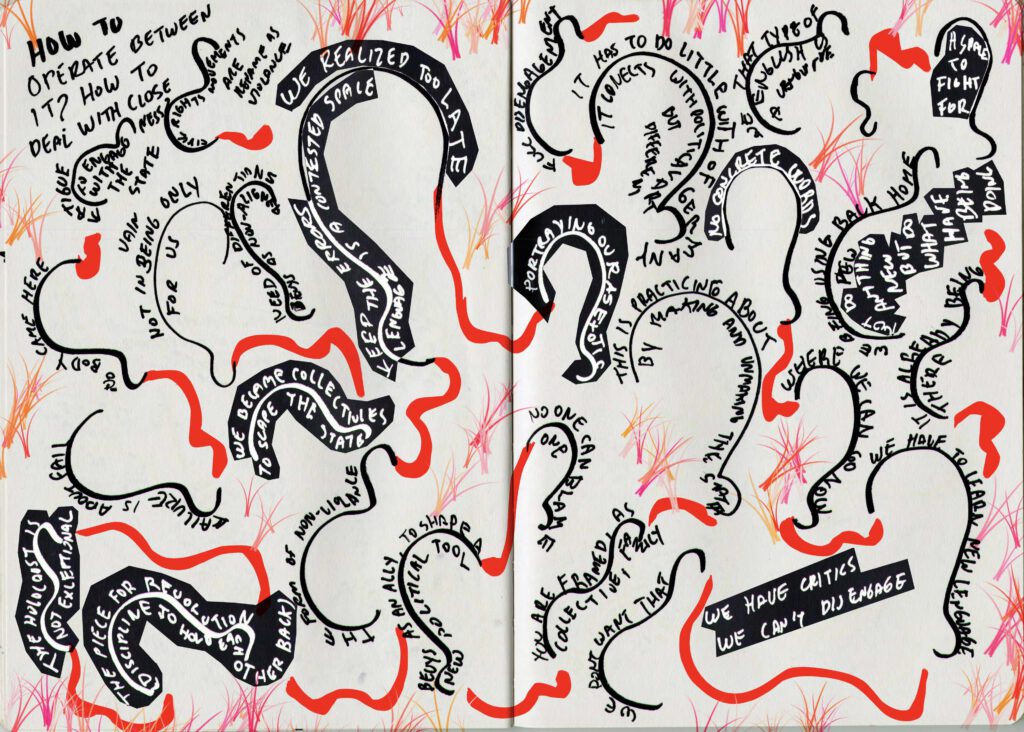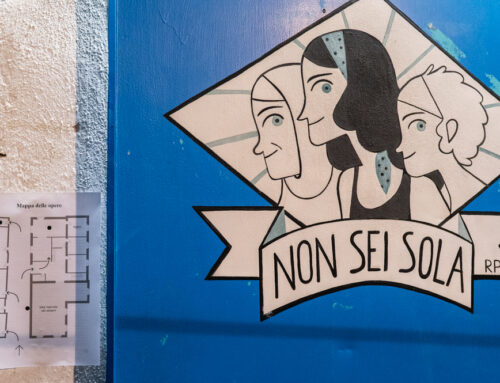Constructing and Deconstructing (Major) Institutions
Christa-Maria Lerm-Hayes, Wayne Modest, farid rakun (ruangrupa).
Harvest by Daniel Aguilar and Diana Cantarey
Hosted by Chiara de Cesari
The first panel of the workshop included people who work in a range of roles within different (state) cultural institutions— universities, museums, and biennials. All of them share a commitment to institutional change. IMAGINART asked them to reflect on their institutional practice and on how they both construct and deconstruct institutions, as this Documenta endeavours to do. Christa-Maria (Mia) Lerm-Hayes is an art historian and curator championing artistic research as a method for rethinking academia, Wayne Modest is a cultural studies scholar who has directed several museums across the Atlantic with the aim of undoing colonial heritage, and farid rakun (who wants his name to be written with a lowercase first letter) is an artist, architect and curator who is a member of ruangrupa and curator of documenta fifteen. IMAGINART asked them how they implement what we call experimental or creative institutionalism, moving from specific genealogies of practice, that is, so-called institutional critique in the arts in Europe, Caribbean and decolonial thinking, and artistic commoning in Indonesia.
The panel covered a long-time span, from Documenta’s earlier periods to the burden now placed on ruangrupa to reform it. Storyteller Lerm-Hayes introduced the audience to an important episode of creative institutionalism in the life of Documenta. Founded by the German artist Joseph Beuys and writer Heinrich Boell in 1973, the Free International University (FIU) for Creativity and Interdisciplinary Research spanned many locations from Northern Ireland to Kassel and beyond, putting Beuys’ idea of ‘social sculpture’ into practice. As a brick-and-mortar institution, the FIU never came about; arguably and humbly, however, its actors have effected real change in many ways instantiating an expanded concept of art together with a kind of ‘state-crafting’ (De Cesari 2019) from the margins.
Theoretician Modest highlighted instead the difference between Documenta’s past and present: this time. It is the ‘otherwise’, i.e. an Indonesian art collective, which gets invited into a previously inaccessible institutional space, now being tasked with the burdensome mission to reform it. Modest also showed how, nevertheless, ‘the cumulative interaction’ of global anti-institutional forms gathered by this Documenta, become a ‘force of practice’ that has a profound transformative potential in its radical transnational solidarity. Indeed, the same German state and cultural establishment that had invited ruangrupa, then backed off and viciously attacked this Documenta through a major defamation campaign once its disruptive potential had been disclosed. While expressing ruangrupa’s shock at the attacks they have endured, harvester farid rakun fleshed out this Documenta’s concept of ‘newness’. This Documenta worked by chains of invitations, whereby artists’ collectives from different parts of the world were invited to do what they were doing before, also in order to strengthen their practices. The latter here became ‘amplified’. He emphasised that this Documenta is not antagonistic but rather wants to engage the state by inhabiting it by way of another logic, like the operating system ‘Linux [being installed] on a Mac’.
The panel closed on this idea of the exhausting yet necessary work of instituting otherwise and the scandal of Western institutions calling on the ‘otherwise’ to come to save them to then repudiate it, and with the wish that this work is not going to be in vain.
